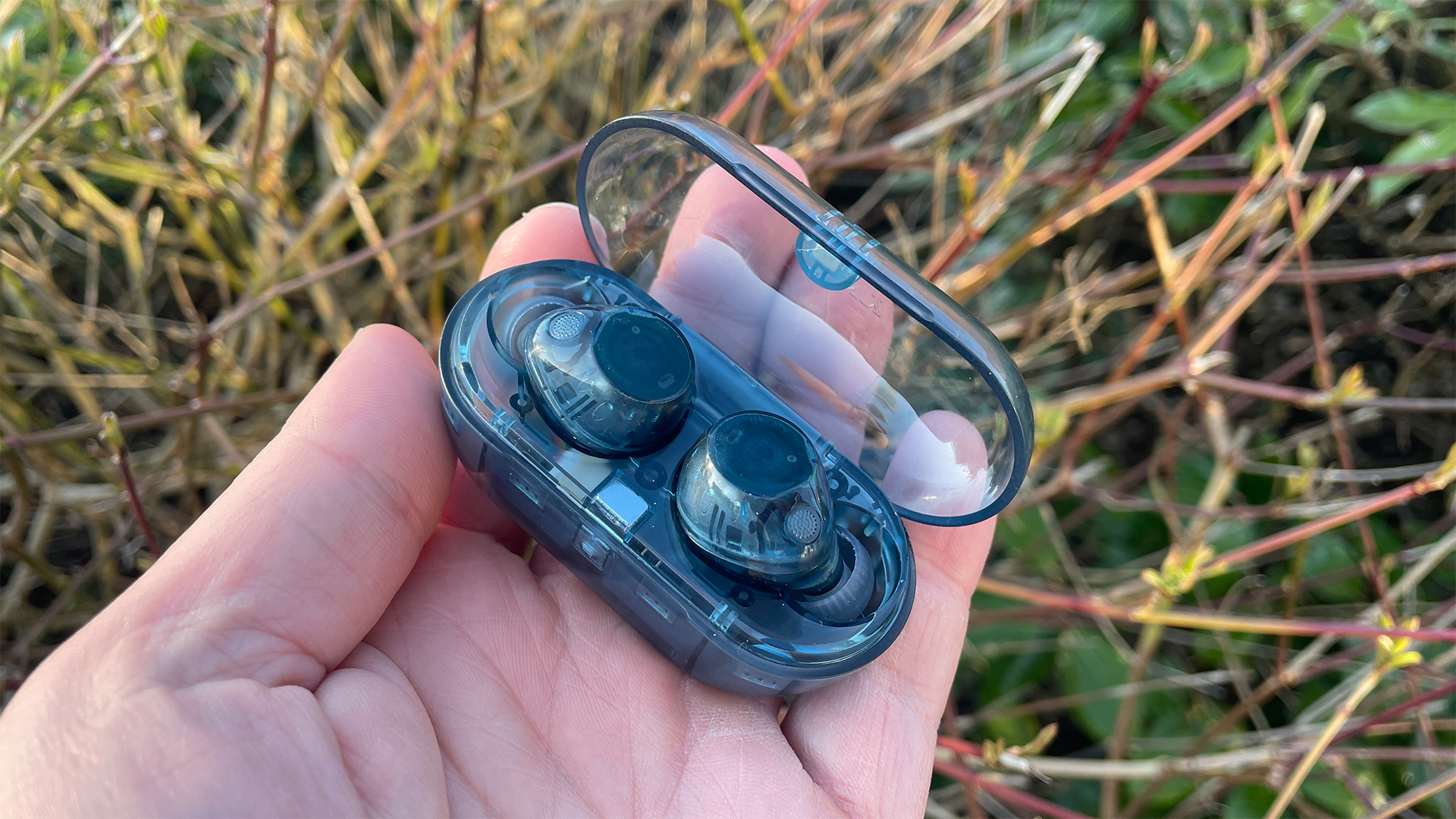The Mission 770 story takes in the BBC, Spendor and the drive to do better
We listen to the iconic Mission 770 speakers, both old and new – and 45 years on, the '80s model still impresses
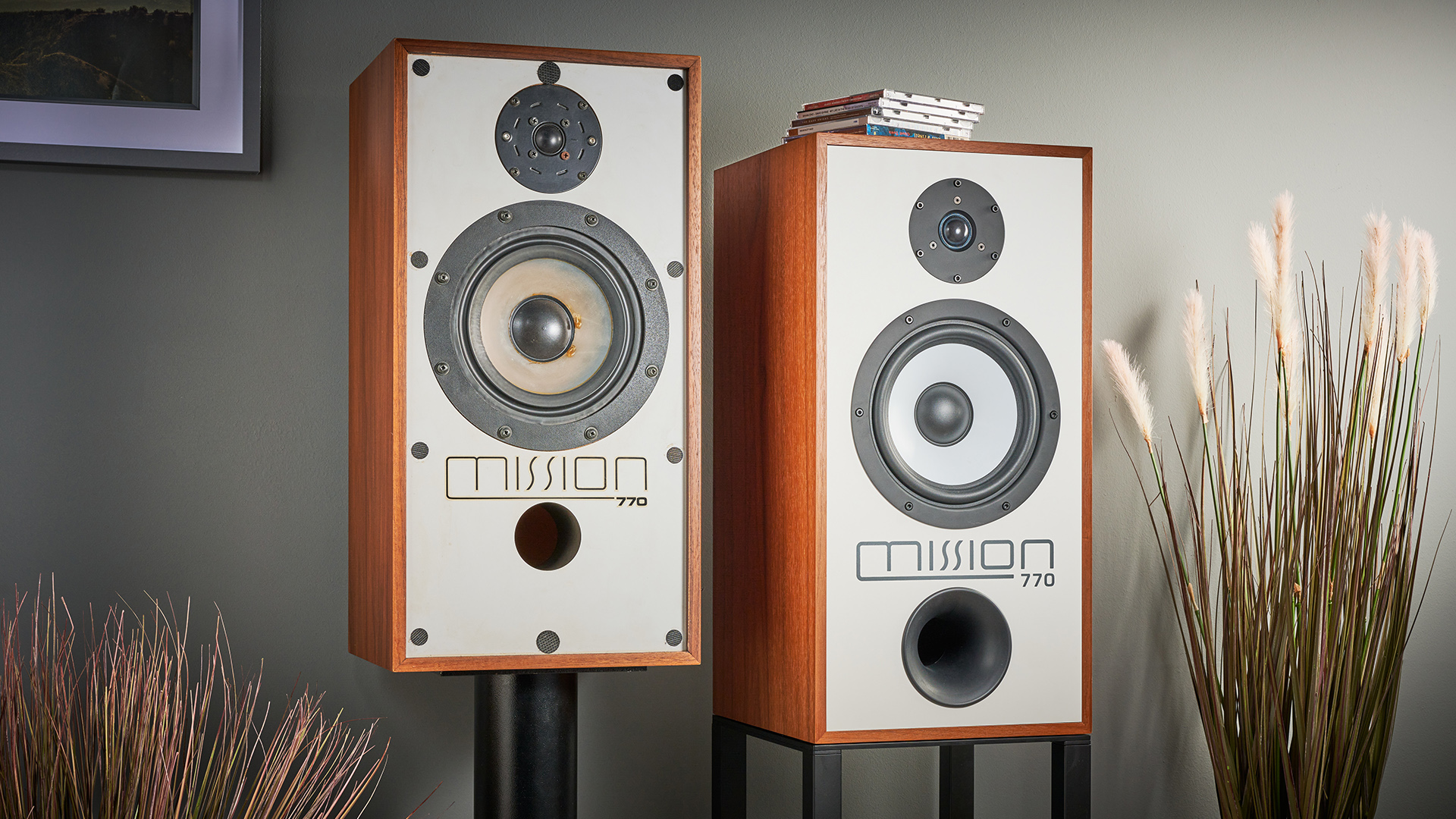
The Mission 770 story starts with the BBC. The broadcast corporation’s famed engineering department did a great deal of research into speaker design during the 1960s. Spencer Hughes was one of the engineers working on the research projects, and he went on to found Spendor. Using the knowledge gained during his time with the Beeb, Hughes designed Spendor’s first product, the BC-1 loudspeaker, in 1969. This was a hugely influential design and set the template for what many still think of as the BBC (or British) sound.
Let’s fast forward a few years. It is now 1977 and Farad Azima founds Mission. He, like many, admires the BC-1, but he also thinks it can be bettered. Azima points to weaknesses in the bass and the restrained presentation. The fruit of his labour arrives a year later – the 770. They're priced at £357 in the UK and therefore direct competitors for the Spendor.
At just short of 60cm tall and with an internal volume of 40 litres, the two-way 770 speakers are just a touch smaller than their rivals. Mission follows the BBC principles of having a thin-walled cabinet construction (using chipboard) damped by heavy bitumen. The idea is that, no matter how rigid, all cabinets resonate to some degree. If you allow the panels to flex a little and apply strong damping, you end up with a well-controlled box that moves any unwanted vibrations away from the all-important midrange frequencies and into the bass, where our ears are less sensitive.

The 770’s 21cm mid/bass unit uses a polypropylene cone. This was considered cutting-edge technology at the time and tuned with a front-firing port. Higher frequencies, above around 3kHz, were taken care of by a modified SEAS 25mm soft-dome tweeter. The two drivers were linked by an unusual crossover network that had gentle slopes and was designed with phase behaviour in mind.
At the time, most speakers were designed predominantly by using measurement with only a quick listen at the end of the process. Mission had different priorities, with measurements used to establish a basic design, leaving the bulk of the development work to be governed by listening.
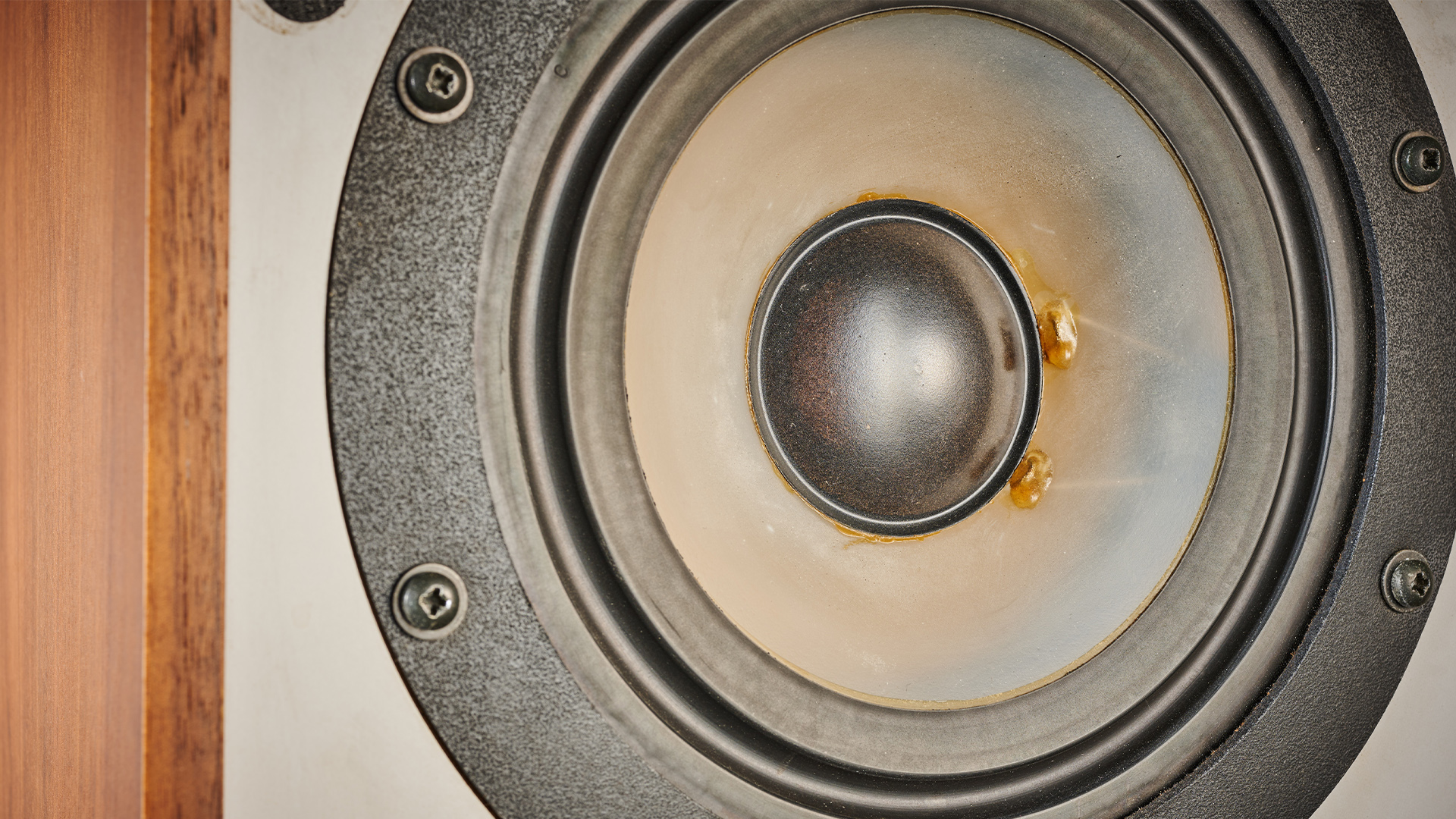
Looking for the speaker terminals? On early-generation 770, the single pair of terminals were recessed and positioned on the base. This, of course, means that it is tricky to find stands that can support the speakers at the right height while allowing the owner access in order to connect cables. Fortunately, Mission made a dedicated stand to do the job. As was the fashion then, these speakers have fuses in the signal path to protect the drive units, too.
Our sample of the early 770 has come directly from Mission and was used during the development of the reborn model. Putting the two generations next to each other, it is clear that the company’s engineers tried to get as close to the original’s appearance as practical. But they were open to making changes where necessary. The current version is a little deeper and does away with the recessed front baffle, its mid/bass cone is white rather than translucent, and the port is heavily flared to improve airflow.
Get the What Hi-Fi? Newsletter
The latest hi-fi, home cinema and tech news, reviews, buying advice and deals, direct to your inbox.
As we unpack both generations, it is apparent that the new cabinet is heavier and considerably more sturdy than the old one, thanks to a damped, composite ply/chipboard construction that controls resonances well. Fit and finish are significantly better now than before, too.
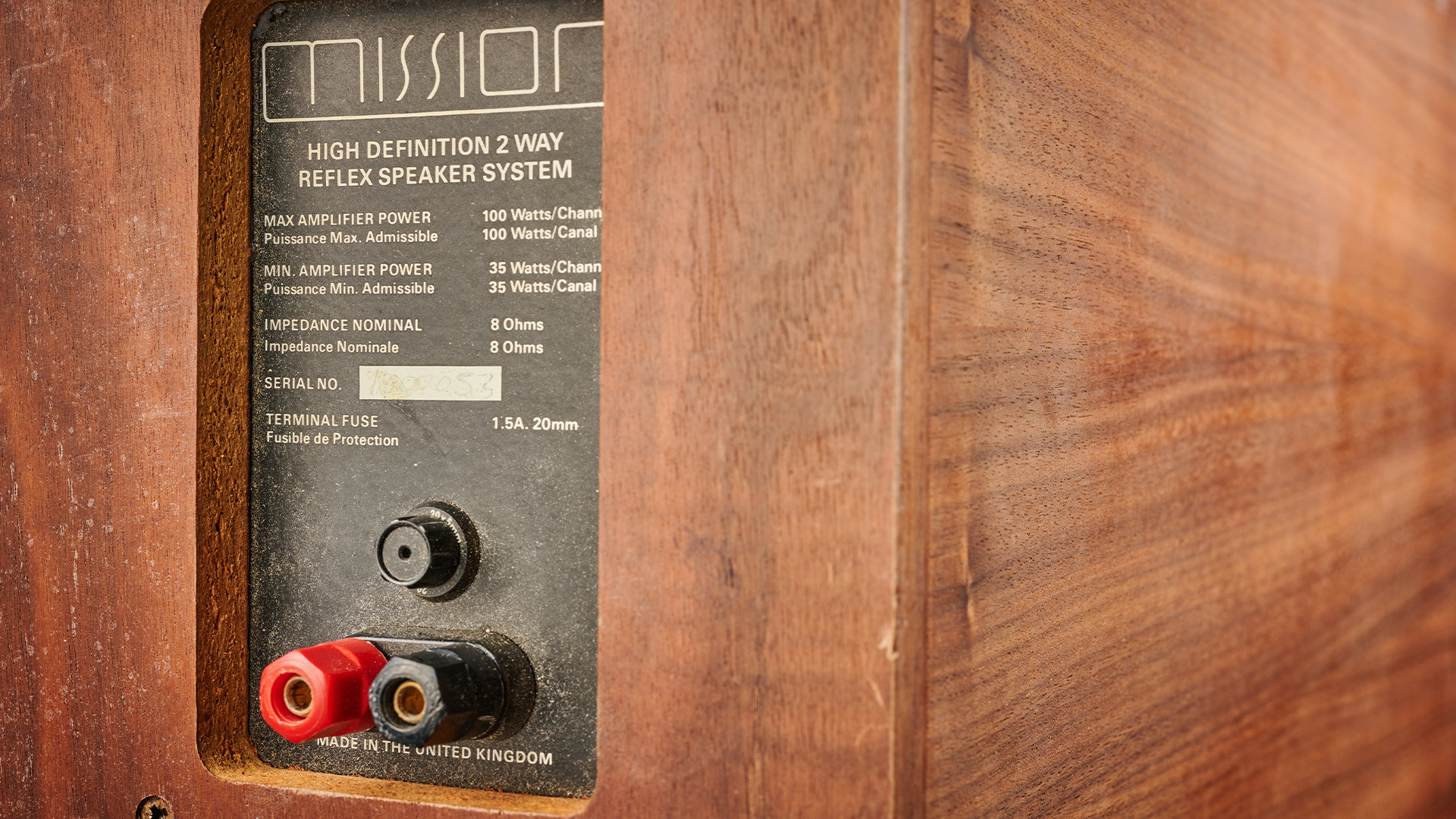
The original 770 were considered exceptional performers for the time. Contemporaneous reviews spoke of impressive resolution coupled with excellent dynamics and class-leading stereo imaging. Comparisons were made to Quad’s legendary electrostatics when it came to sound staging, and the 770 more than held their own – quite some praise considering just how capable those Quads are. But regardless of specifics, it was clear that those early 770 were musically gifted. They were entertaining and made listening to music fun.
We do not doubt that, in a technical sense, loudspeakers have improved over the decades. As a breed, they are better engineered and better built today than they have ever been. Modern materials and computer-driven analysis tools have pushed forward performance standards across the board, so when we listen to the original 770 we are not expecting a miracle. Which is just as well because we don’t get one.
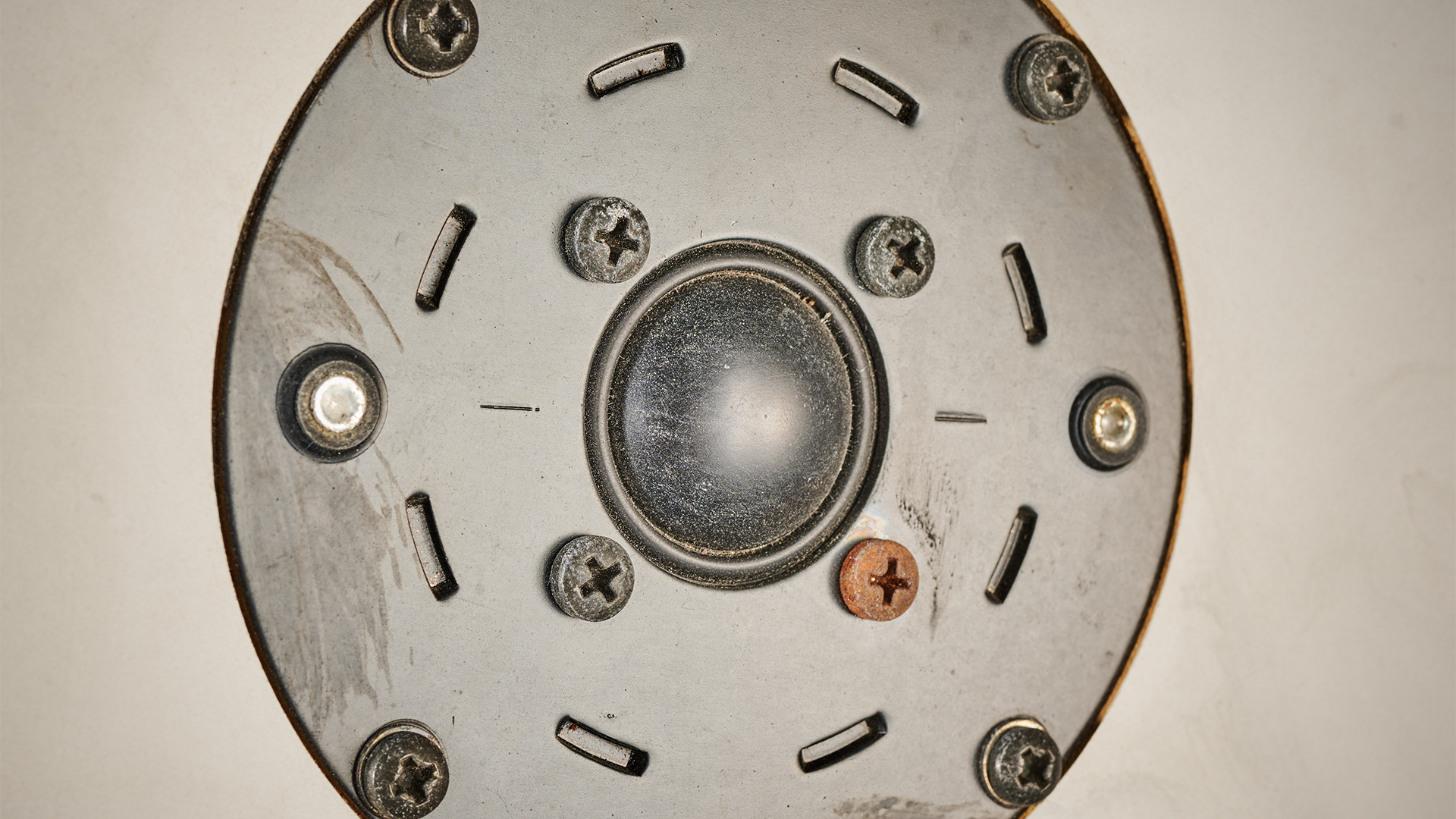
Judged against the current generation, the old timers lag far behind in just about every area. As we listen to Stravinsky’s The Rite Of Spring, it doesn’t take long to realise that larger-scale dynamic shifts are restrained and there is a definite lack of punch. The older 770 also sound a little hazy and pretty soft in the bass. Those much-vaunted powers of resolution don’t seem so impressive now, and we become aware of the slightly crude nature of the highs. Yet, we find ourselves listening on, because despite all these shortcomings we are enjoying ourselves. There is something about these old 770 that is hugely appealing. They have a way of pulling the listener into the music, and that’s a rare talent even today.
We love their midrange performance; it is articulate and inviting. We sit transfixed by the way these Missions deliver vocals, by the likes of India Arie, Adele and Nick Cave, with such conviction. They work well at lower volumes too, where the sound remains expressive and engaging. Many modern speakers tend to sound pretty lifeless in comparison.
This old-timer remains a lively and cohesive performer that works well across musical genres. They’re as happy to rock to Nirvana as they are to sit back and chill out with Ólafur Arnalds. That points towards a broad spread of talents and an innate balance that time hasn’t diminished.
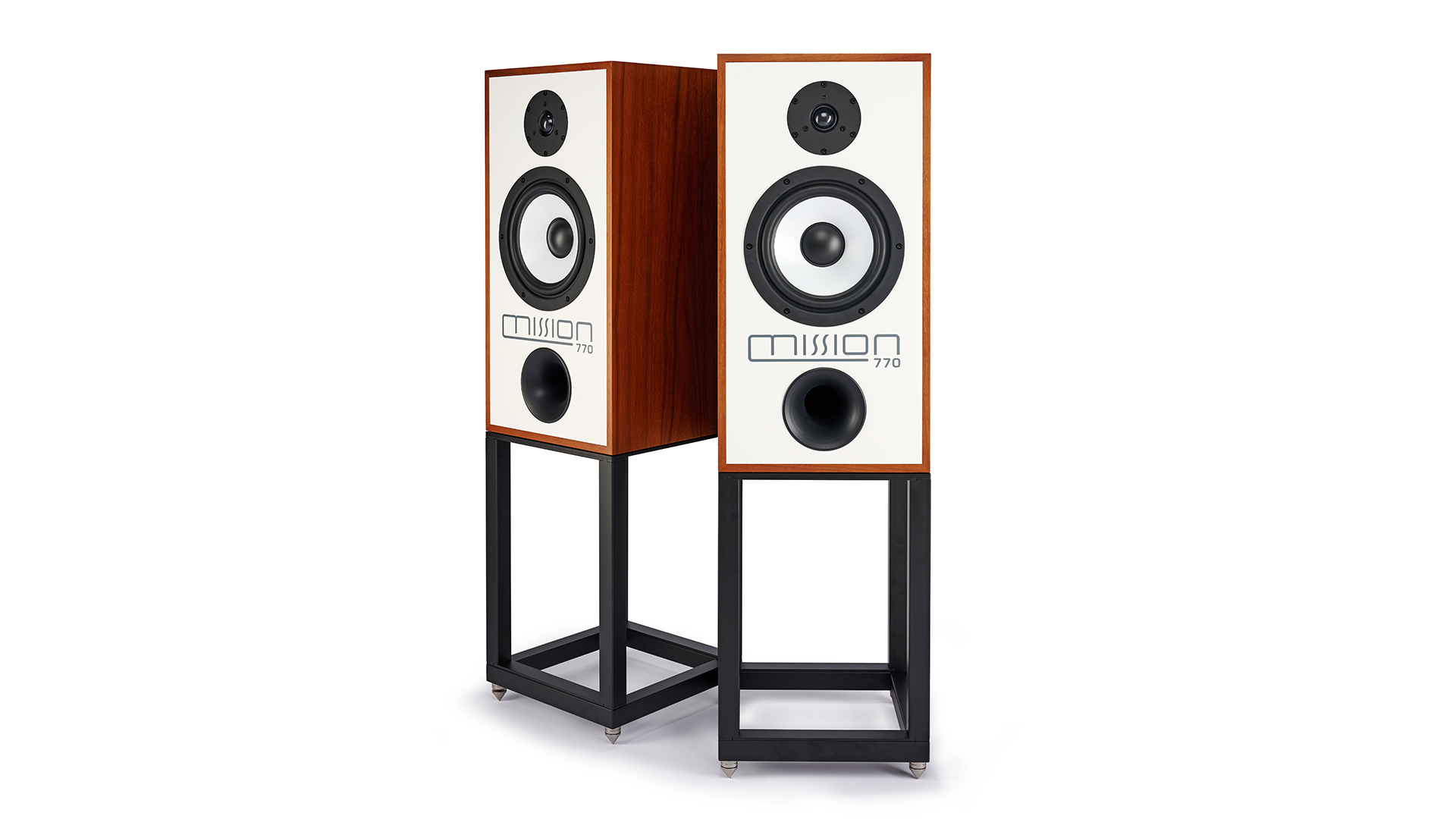
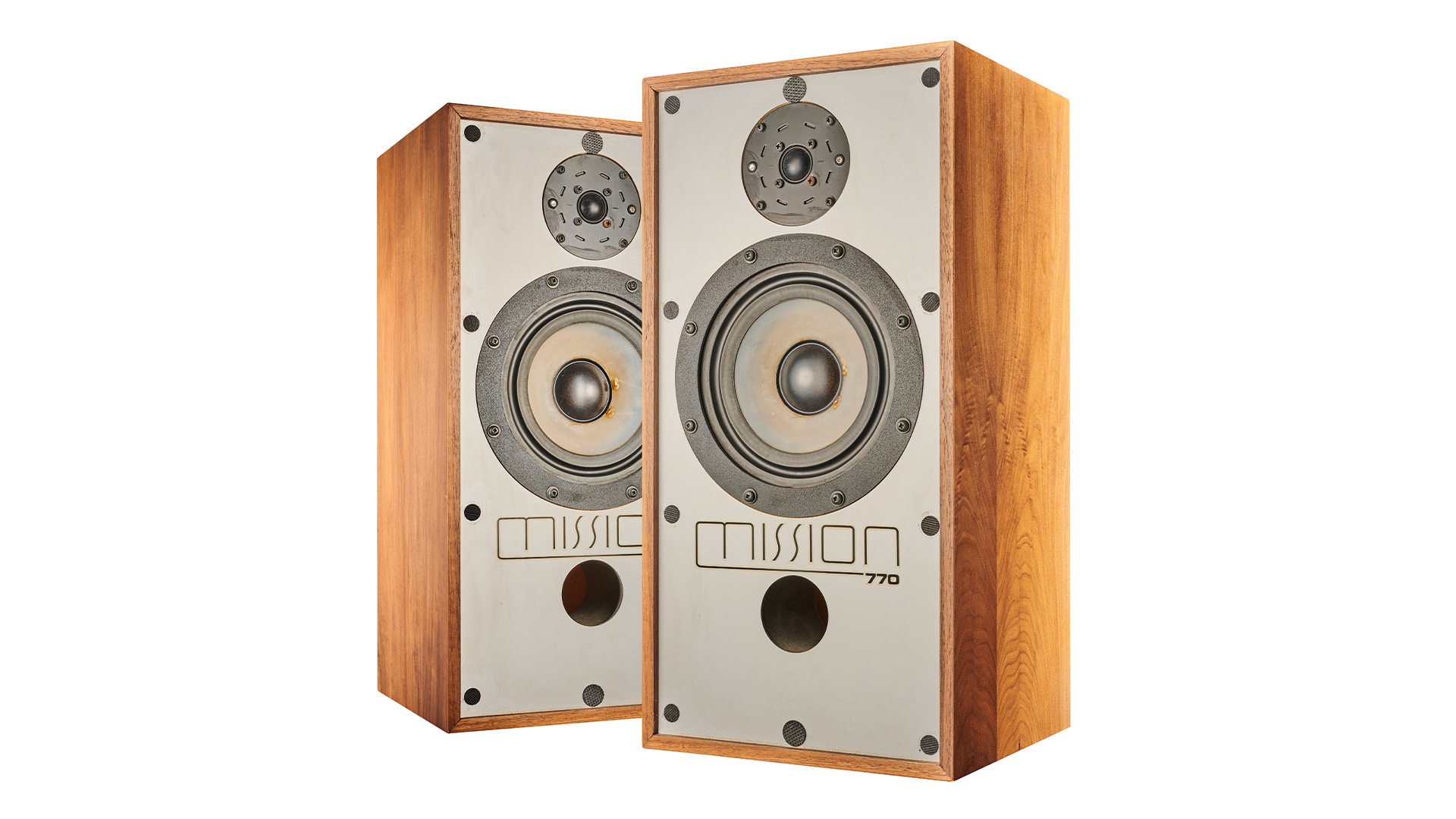
Mission has clearly done a great job with the new 770. Look past the carefully contrived appearance and there is real substance behind the product. The new one is a hugely capable performer by today’s standards and one of the very best at its £3499 / $4999 / AU$7299 price. We like it so much that it picked up a What Hi-Fi? Award last year.
We find it pleasing to note that the latest 770 has managed to retain much of the older original’s charm. Maybe the midrange is less alluring (though vastly better in strict hi-fi terms), but in every other way – from transparency and dynamic reach to low-end definition – it is significantly better.
It is easy to understand why the original 770 made such an impact back in the late ’70s, and why we still like them so much now. Hi-fi that makes listening to music an enjoyable experience is special – and, in our experience, that specialness is rarely diluted by the passing of time.
MORE:
Read our review of the Award-winning Mission 770
Check out the best hi-fi speakers for every budget
The most important component in your hi-fi system isn’t what you think it is
How is an iconic speaker resurrected for the 21st century? We asked JBL, Wharfedale and more

Ketan Bharadia is the Technical Editor of What Hi-Fi? He has been reviewing hi-fi, TV and home cinema equipment for almost three decades and has covered thousands of products over that time. Ketan works across the What Hi-Fi? brand including the website and magazine. His background is based in electronic and mechanical engineering.
-
Keithdd I remember the original 70s well. They made impossible low frequency extension claims. More importantly, the British hifi press, in particular your Haymarket sister Hi Fi Answers recommended it month after month as nauseum as the be all and end all loudspeaker. Finally they decided to review it properly... and in one of the most famous whoops moments in hifi journalism history, decided it was no good. There was uproar. The magazine responded with lots of well um err as we always say do listen to it yourself before buying. This probably written about somewhere on the interweb...Reply
